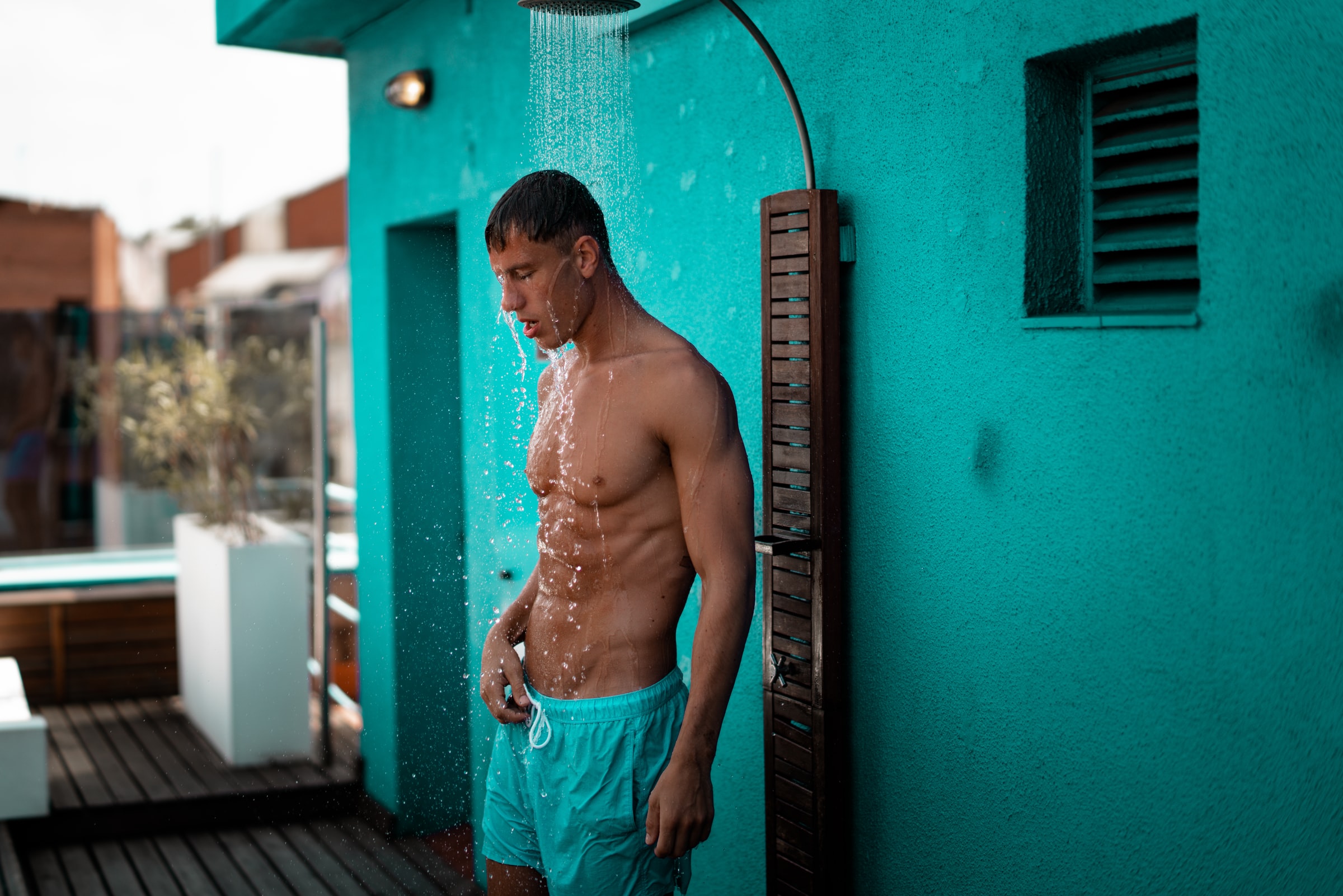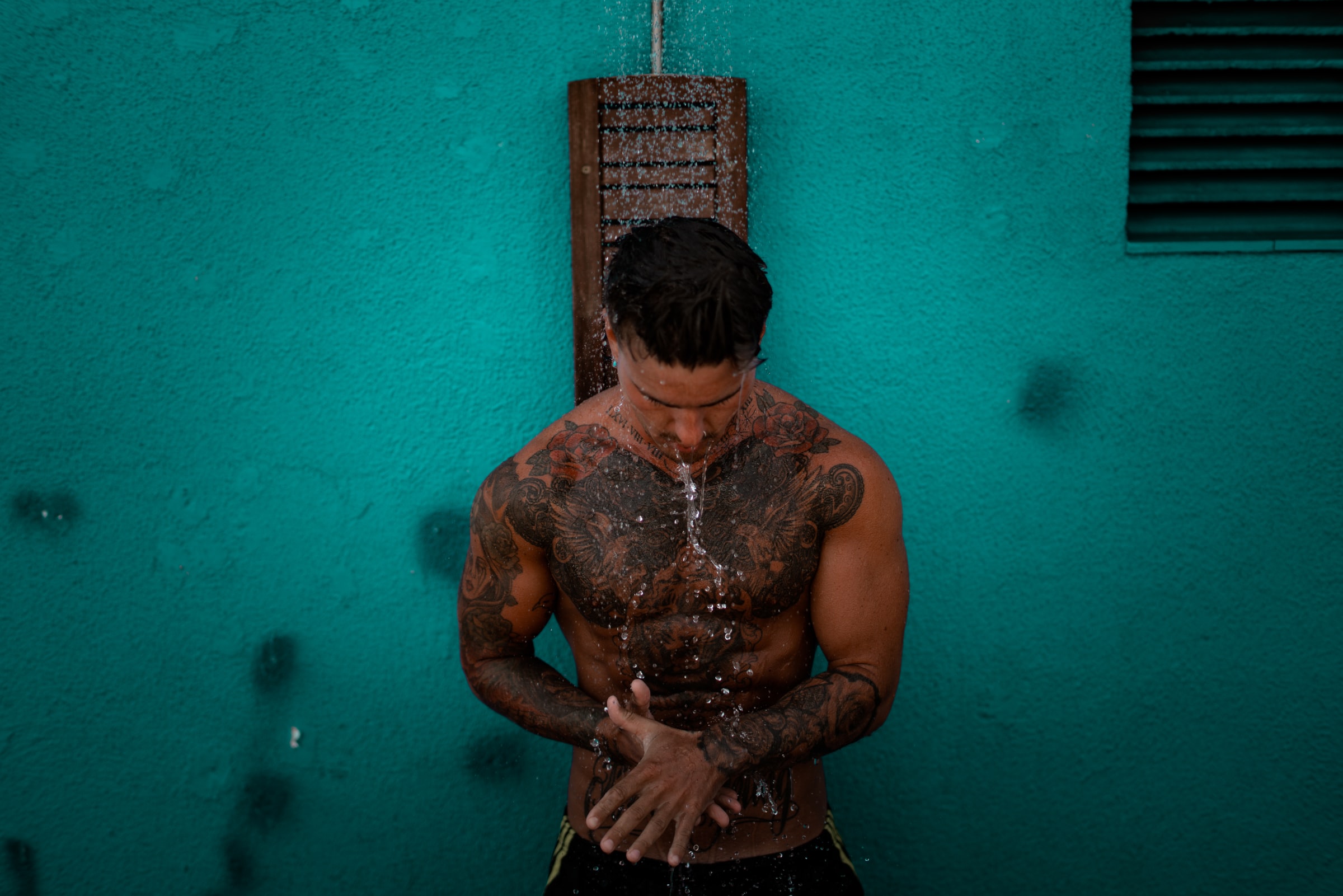In 2000, Canada was the second-highest per capita consumer of water (400 L per capita/day) among the 29 OECD countries. Now, despite a clear shift (down to 300 L per capita/day), Canadian and Quebec water consumption is still as high as ever (650% higher than the international average). This article explains how the country got to this point and the consequences of this overconsumption. As a bonus, tips on how to reduce your water consumption.
What are the reasons?

Canada is one of the 9 “water powers”. The volume of renewable fresh water in the country is approximately 2,902 km3. This is enough to supply all OECD countries. However, this abundance of water has created wasteful behavior among Canadians.
Indeed, despite the fact that there are only a few million inhabitants and that there is no lack of drinking water, Canadians do not deprive themselves. Just to mention residential pools or spas. For example, more than 50% of domestic water consumption is used for cleaning (dishes, linens, household, car) and running toilets.
The explosion of water consumption in Canada can also be explained by the high use of water in agriculture. This sector is a key component of the Canadian economy. Agriculture alone consumes 1.6 km³/year of natural sources. Moreover, a small proportion of the water withdrawn by the sector is returned to the source.
What are the consequences?
The waste of drinking water and its overconsumption leads to many consequences, especially for the environment. Indeed, when freshwater sources are depleted, they take longer to renew themselves. This is why some groundwater is drying up. More than a quarter of Canadian municipalities experienced seasonal water shortages between 1994 and 1999.
Furthermore, it is important to understand that wasted drinking water becomes wastewater. And it is the latter that returns to the source. As a result, the quality of water from natural sources is altered. Fortunately, the Canadian and Quebec governments are now committed to sustainable initiatives, of which water conservation is a part, to protect the environment.
How to limit your water consumption?
Do you want to reduce your water consumption, but more importantly, do you want to become an eco-responsible citizen? Remember and apply the following two tips:
Have water-saving habits
If domestic water consumption is very high in Canada, this implies bad habits. Most of us, for example, continue to drink bottled water when Canadian tap water is known to be very healthy.
Also, we have a habit of leaving the water running while we soap up. It’s no wonder that the bill is high. That’s why it’s important to change our behavior. Here are a few things you can do on a daily basis:
-
- Turn off the tap when you are finished
-
- Prefer showers to baths
-
- Wash your clothes in cold water in the washing machine
-
- Use a bucket instead of a hose to wash your car.
Harvest rainwater

Canada has a fairly high annual rainfall. It would be a shame not to use it. You can wash your car, water your plants with it, or even use it to flush your toilet. By doing so, each resident could save up to 20% of their domestic water consumption.
But to do this, you need to use a recovery method. The best alternative would be to equip your home with a gutter. However, installing gutters is not an easy job. You need to have the necessary zinc tools and some connection know-how to successfully install gutters yourself. So don’t take unnecessary risks and rely on the expertise of a professional craftsman.
Sound off in the comments section below and tell us what you want to read next and if you want to read more about water consumption.
